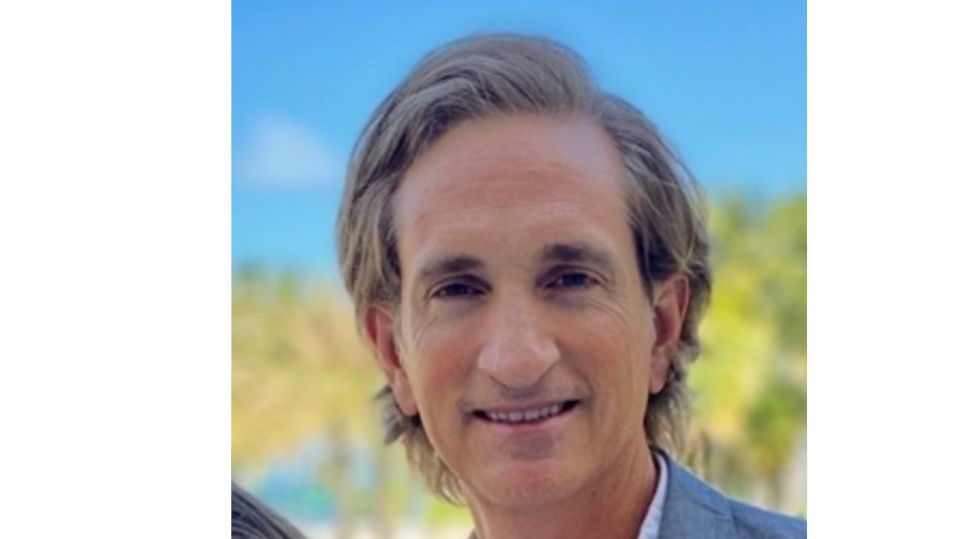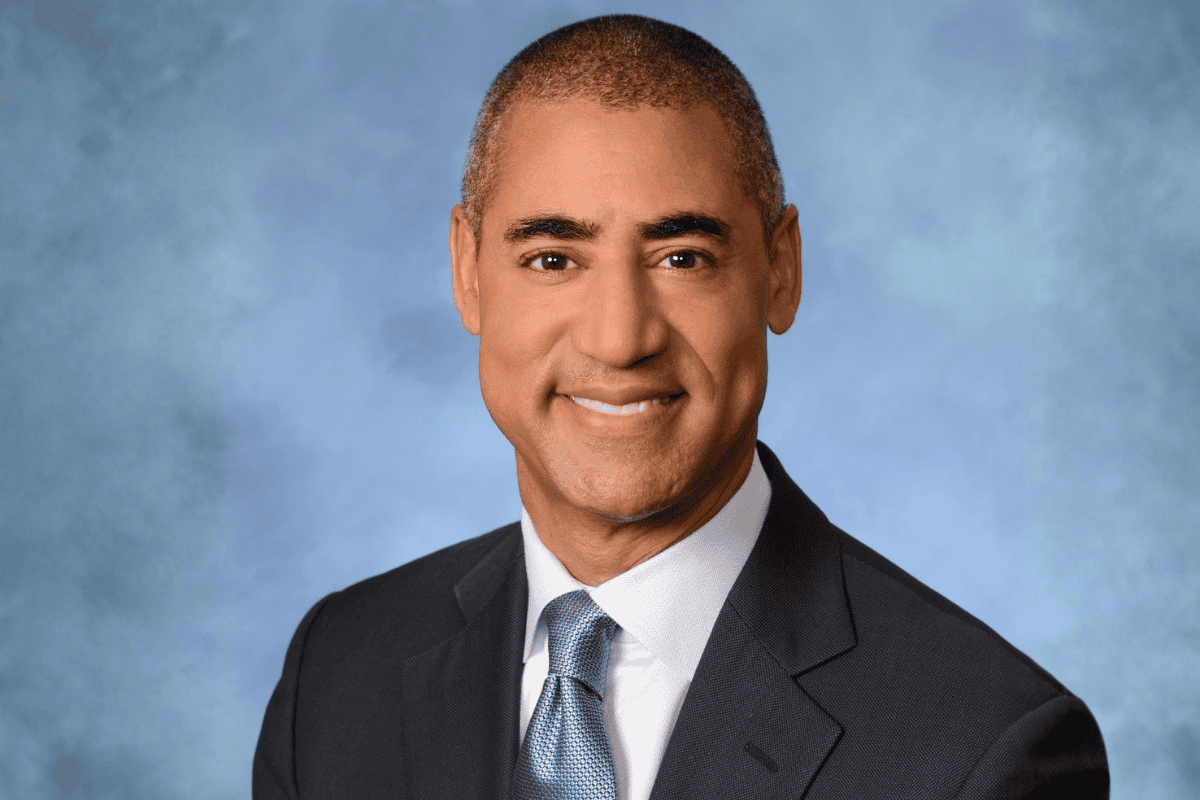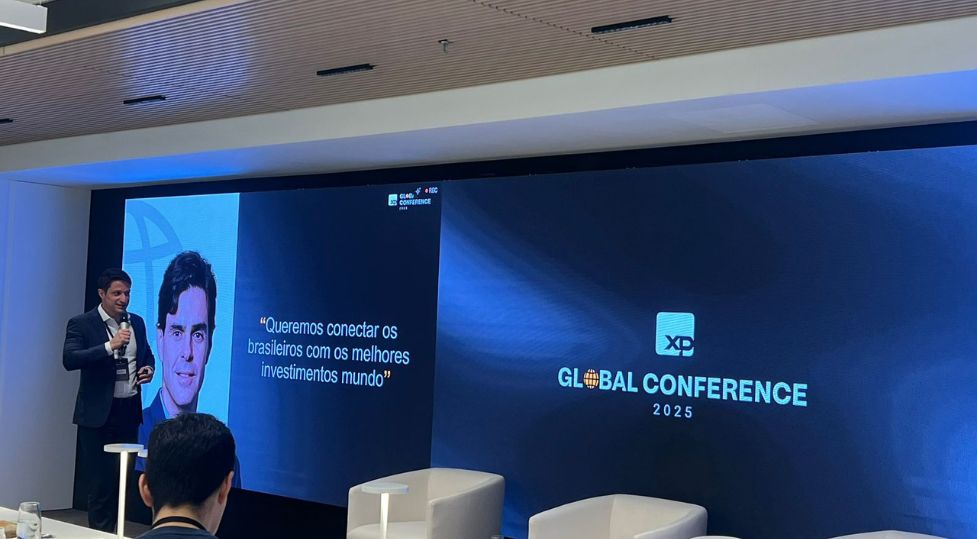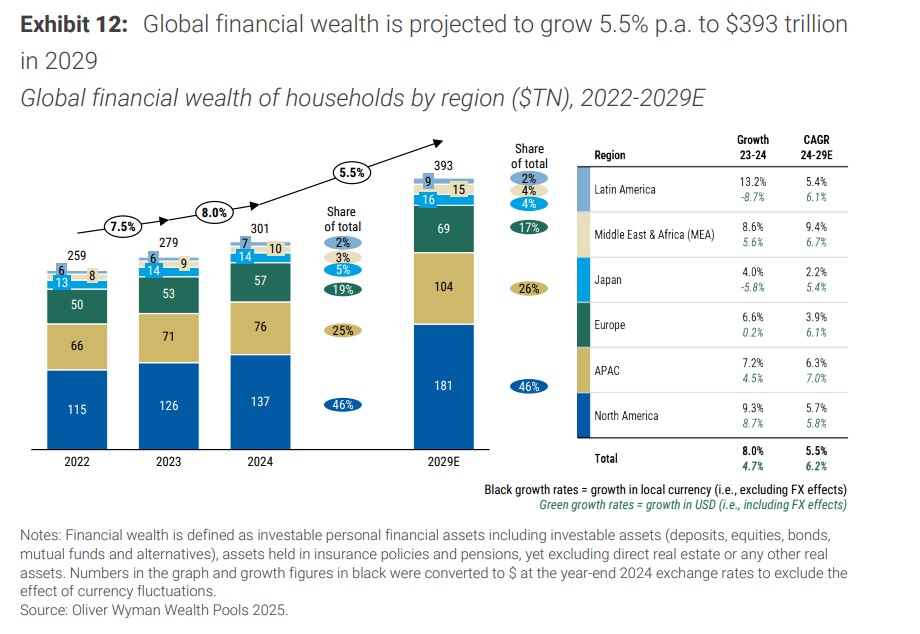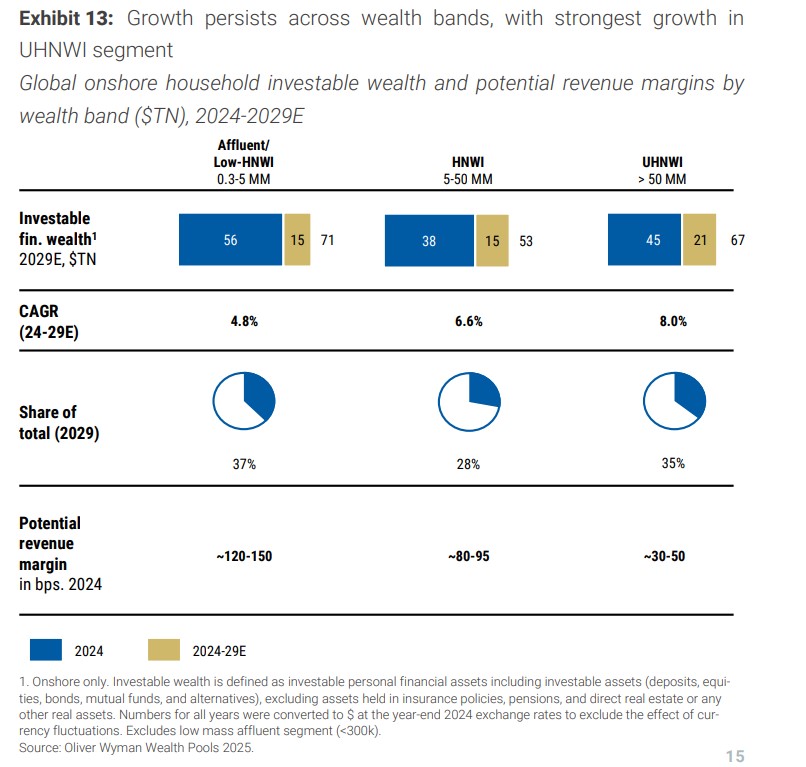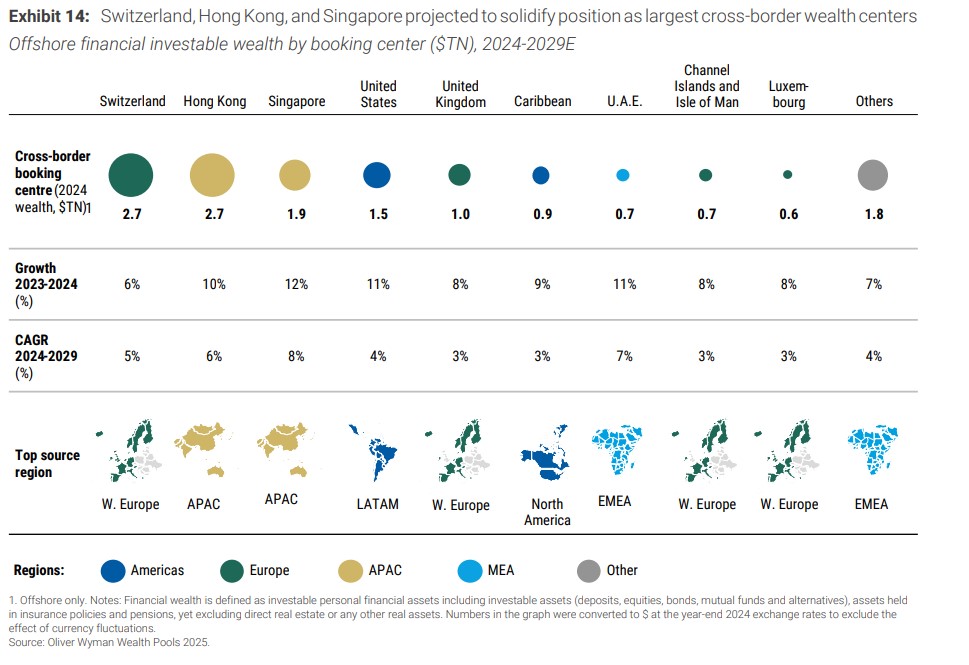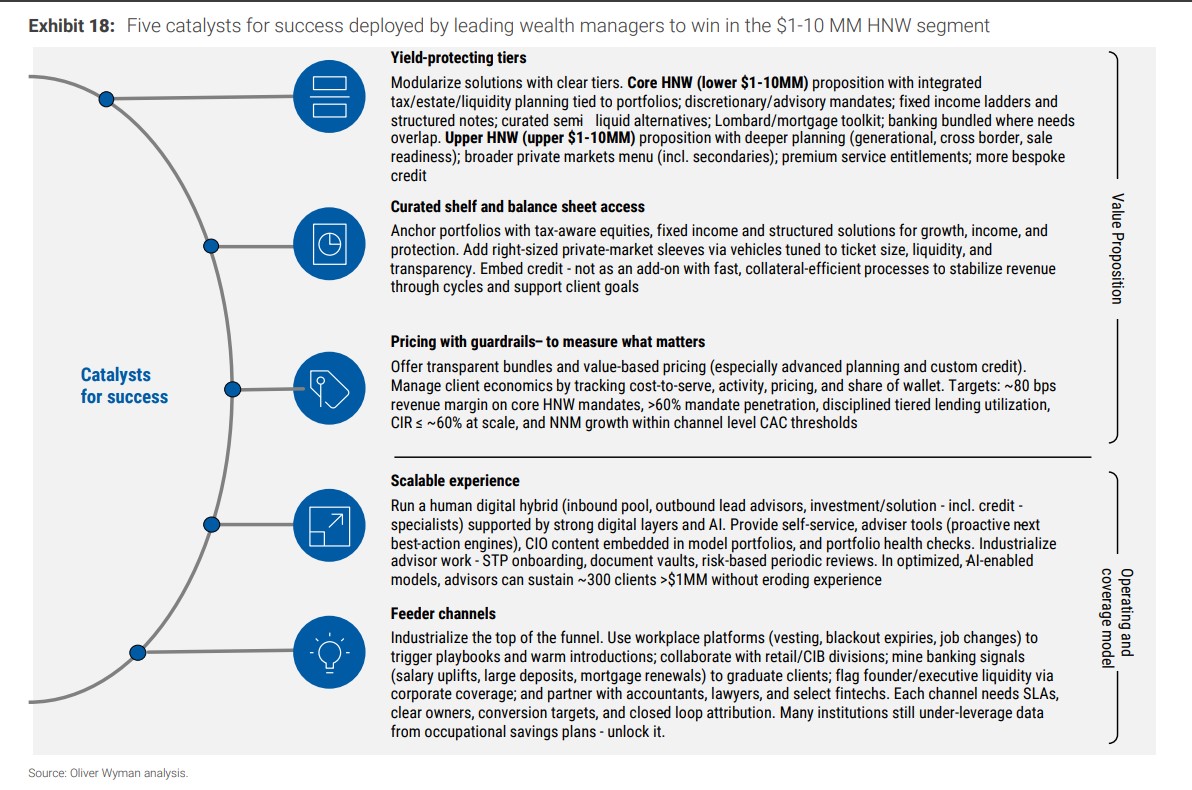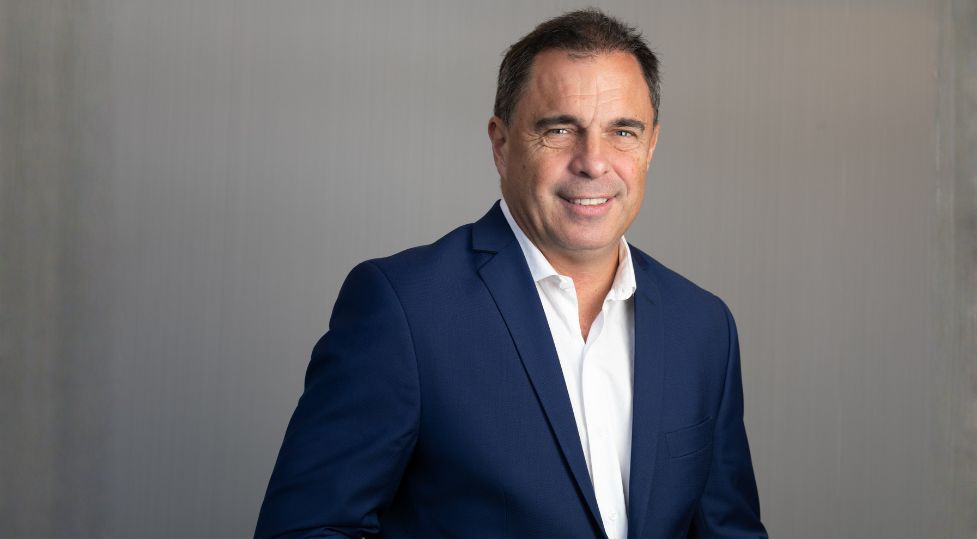The Case of the Active ETF on the U.S. Stock Market That Does Not Invest in Microsoft, Tesla, or Amazon
| By Amaya Uriarte | 0 Comentarios

The QR Code Is Present in Our Daily Lives, Increasingly Since the Pandemic. QR Stands for “Quick Response,” But at Columbia Threadneedle Investments, They Have Aimed to Give It a New Meaning: Quant Redefined. With That Label, They Recently Presented in Madrid Their Range of Active ETFs, the CT QR Series, in UCITS Format.
Among them, the CT QR Series US Equity Active UCITS ETF stands out, the UCITS version of their most emblematic active ETF, the Columbia Research Enhanced Core ETF (ticker RECS), which has a ten-year track record, manages over $4 billion in assets under management, and has outperformed the Russell 1000 index by 2% annually since its launch. Both this product and the CT QR Series European Equity Active UCITS ETF, which offers exposure to European equities, are already listed and trading on Deutsche Boerse; the firm plans to soon list two more active ETFs in the range—one offering access to emerging market equities and another to global equities with a growth bias.
How Does It Differ from Other Active ETFs?
Christine Cantrell, Head of Active ETF Distribution for EMEA at Columbia Threadneedle Investments, outlined four main features that differentiate these vehicles from comparable active ETFs. “We believe the combination of quantitative and fundamental analysis can add value,” she emphasized several times during her presentation.
The first differentiating point relates to risk: while other asset managers tend to constrain tracking error around 1% for their active ETFs, those from Columbia Threadneedle present a tracking error between 2% and 4%. “We take more risk compared to the index, but as a result, the risk-adjusted returns are higher,” argued the expert. Supporting this is the fact that the QR Series portfolios rank in the first quartile of their Morningstar category over five years, according to the information ratio.
The second difference has to do with fees: they are similar to the competition (between 20 and 30 basis points), but the QR Series can generate higher returns thanks to the team’s strong conviction in the stock selection within each strategy.
Third is experience: not only because RECS, the original active ETF, has a strong track record, but also because the portfolio manager in charge of the strategy, Chris Lo, has been with the company for 27 years and has a solid academic background. Moreover, the quantitative model used as part of the construction process for these active ETFs has been operating since 2001.
The final difference highlighted by the expert is the UCITS label, which will allow the company to bring its strategies closer to European investors and those in other jurisdictions who want to invest under this framework.
The Three Rs
It’s important to clarify that these ETFs are transparent: the data is publicly available, and the asset manager has emphasized that the entire analysis process is rules-based, “because that’s what fund selectors are looking for: they want to understand what the strategy is,” states Christine Cantrell.
Additionally, the analysis process is designed to be all-weather, meaning it can endure all market conditions. For this reason, the team has consciously chosen not to include a layer of derivatives, for example, as “the behavior could be very different from what people expect—we prefer to maintain a very consistent process,” explains the expert.
Cantrell describes the investment strategy as based on the Three Rs: Research, Rank, and Recalibrate.
In the research phase, she explains that the quantitative model is proprietary and allows for customization so that the strategy generally follows the index, but under the microscope, it becomes clear that the portfolio construction is different (for this explanation, we’ll focus on the active ETF on the U.S. stock market, which uses the Russell 1000 as a reference). The premise is to compare apples to apples—that is, the quantitative model analyzes all index components, assigns a score from 1 to 5 to each, with 1 being the highest and 5 the lowest, and neutralizes style biases.
Fundamental analysis is incorporated to gain additional insights that help determine the level of conviction the team has in each index stock: “Many clients like quantitative analysis because it’s very objective. But a fundamental analyst can go and talk to the company’s management team. They’re the ones having deep conversations with the CEO and other senior executives and who understand the strategic outlook. That’s something a quantitative model can’t capture,” reflects Cantrell.
This brings us to the third step, ranking: based on the combined fundamental and quantitative analysis, the team filters the index to retain only the top 35% of stocks it believes will perform best within each sector represented in the index—a best-in-class approach, as the expert describes it. Once this top 35% of companies is selected, the exposure is equally weighted so each has the same weight. As a result, the ETF on the U.S. stock market has a beta of 0.9 with an active share between 30% and 40%.
The Weight of What’s Missing
Within this process, Cantrell emphasizes the weight of convictions: “Within our quantitative analysis, we have no preferences by sector or country. We want to mimic the index at a macro level. But if we don’t like a company, we exclude it completely.” Here lies one of the ETF’s key differentiators: a look at the ten most underweighted stocks is revealing—for example, despite a 6.2% weighting in the index, Microsoft is not present in this strategy; the same applies to other large-cap stocks in the S&P 500, such as Amazon, Broadcom, or Tesla, which have respective weightings of 3.4%, 2.5%, or 2% in the index, but are assigned 0% in this Columbia Threadneedle vehicle.
Likewise, the top 10 holdings in the strategy also reflect the team’s high convictions: NVIDIA and Apple each have a 9.5% weighting (in the case of the latter, up to 3.5% more than in the S&P 500). Other stocks that are also overweighted compared to the index include J.P. Morgan and Visa. “Performance comes from idiosyncratic risk, which is purely risk arising from stock selection,” insists Cantrell.
The expert adds that if a market event occurs that changes the investment thesis, a stock can be removed from the strategy. “We review our analysis daily, ensure we’re dynamic, and pay special attention to downside risks,” she summarizes. Otherwise, the portfolio is rebalanced twice a year, which explains why the actual turnover rate is low—around 40% annually.
In summary, the expert concludes that one way to view this active ETF is as a strategy that uses a universe of 1,000 stocks to outperform 500 stocks, leveraging the high historical correlation between the Russell 1000 and the S&P 500. “The outcome of this active ETF is the result of the work of our quantitative team over the past 30 years,” she concludes.


